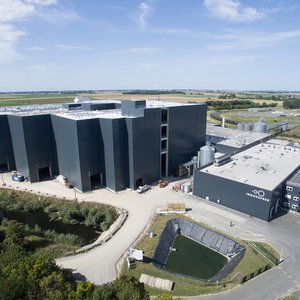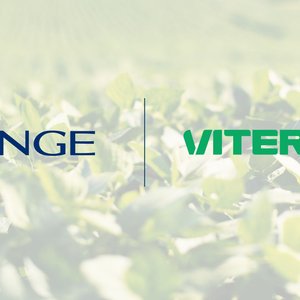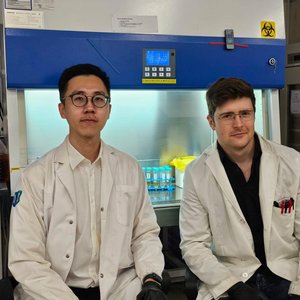Best Aquaculture Practices (BAP) has a chain-of-custody traceability process that’s an integral part of the third-party certification program.
Chain-of-custody traceability is the way standards certify how seafood products pass through the various stages of a supply chain — from harvest of the resource to production and distribution of the finished product.
As the global demand for sustainable seafood grows, so does the need to know that the product was responsibly produced. The international seafood supply chain is complex, and mislabeling of inferior products can occur. Having proper chain-of-custody traceability ensures that you know exactly where your seafood comes from and that it was responsibly produced.
The BAP logo contains the certification number of the processing plant where that product originated. This number can be used to look up the processor on the BAP website. BAP has a four-star system to represent each stage of the supply chain — processing plants, farms, hatcheries and feed mills. When you see a BAP logo on a product, you know that seafood was produced in a way that is environmentally and socially responsible, considerate of the animal, and safe for the health of the consumer.
All BAP-certified sites — whether processing plants, farms, feed mills or hatcheries — must maintain detailed traceability records for at least “one step forward and one step back” in their supply chain. This means that they know exactly where the seafood comes from and to whom the finished products are being sold.
This record keeping is especially important when making multi-star claims for finished products that originated from a combination of BAP-certified facilities. Trace-back/forward exercises are performed by BAP auditors annually, to verify that all multi-star claims can be substantiated.
Click here to learn more about BAP standards and facilities










